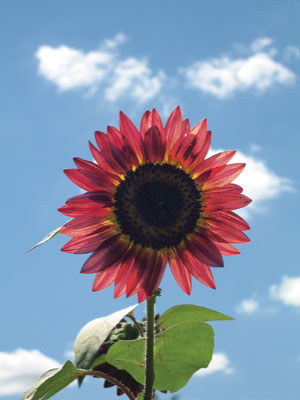All Nonfiction
- Bullying
- Books
- Academic
- Author Interviews
- Celebrity interviews
- College Articles
- College Essays
- Educator of the Year
- Heroes
- Interviews
- Memoir
- Personal Experience
- Sports
- Travel & Culture
All Opinions
- Bullying
- Current Events / Politics
- Discrimination
- Drugs / Alcohol / Smoking
- Entertainment / Celebrities
- Environment
- Love / Relationships
- Movies / Music / TV
- Pop Culture / Trends
- School / College
- Social Issues / Civics
- Spirituality / Religion
- Sports / Hobbies
All Hot Topics
- Bullying
- Community Service
- Environment
- Health
- Letters to the Editor
- Pride & Prejudice
- What Matters
- Back
Summer Guide
- Program Links
- Program Reviews
- Back
College Guide
- College Links
- College Reviews
- College Essays
- College Articles
- Back
Poetry on Teen Ink - Where Your Piece Belongs
Teen Ink has several categories of poetry that you can choose to submit your work through. These categories include: Free Verse, Song Lyrics, Sonnet, Haiku, Limerick, Ballad, and Other. Each category includes a specific type of poetry, and as a poet new to the scene, I was fairly confused. I decided to place all of my poetic work under the Free Verse section because that sounded alright.
Don’t be like me! It’ll lead to endless comments and remarks about how you didn’t put the poem in the right place, or cause embarrassment later on. To avoid all of that, I’ve compiled a nice list of what each category means, and how you can decide where your beautiful piece belongs! I hope you enjoy this article!
Free Verse
Free Verse poetry is most often seen in unrhymed and unstructured poems. There isn’t a followed metric pattern like a Shakespearean play or a Dr. Suess book. Slam Poetry can be classified as free verse some of the time, unless of course it rhymes or is structured. It can sound like a speech, or be broken up into pieces. It’s a very diverse and open way to write, and perfect for warming up.
Song Lyrics
Song Lyrics are just what they sound like; lyrics that are meant to go to a musical piece. This can vary greatly in style, ranging from Free Verse to Ballad. If you deign your poem to be a lyrical piece of literature, then place it in the song lyrics section. To write song lyrics, one can choose to use an existing song without the words, craft a tune themselves, or use something from a friend with their consent.
Sonnet
A sonnet is a type of poem that fits into a metric style. A sonnet is composed of 14 lines, each with 10 syllables. In an English/Shakespearean Sonnet, every other line rhymes with the other, save the last two lines which rhyme with each other. It ends up looking something like this:
A rhymes with A
B rhymes with B
A
B
C rhymes with C
D rhymes with D
C
D
E rhymes with E
F rhymes with F
E
F
G rhymes with G
G
There are many other types of sonnets you can write, however, I will leave you with this one.
Haiku
A Haiku is a japanese poem that was once the intro to another form of poetry. I’ve written an extensive how-to for this here on Teen Ink, but I’ll give you the general run down. Haiku are traditionally written with 5 syllables for one line, 7 for the next, and 5 for the third. However, in Japan, the haiku end up much shorter and to the point. When converted to English, the Japanese ‘sounds’ became ‘syllables’ for us. A more accurate version of this structure is 3-2-3, but, the 5-7-5 structure is the most widely accepted version. Haike are traditionally about nature, but contemporary takes are welcome as well.
Limerick
A Limerick is a humorous or satirical poem with a structured scheme. It can be obscene in nature, though I doubt Teen Ink wants you to use that as the focus of your poem! It can be mocking, all in good spirit, of something else, including politics, a nonsensical event, or a funny joke. It has three longer lines with two shorter ones, and is patterned as:
A rhymes with A (longer)
A (longer)
B rhymes with B (shorter)
B (shorter)
A (longer)
Ballad
Ballads are either very romantic serenading songs, or lyrical stories told in quatrains. They are usually found authorless, because they were typically passed down orally. They originated in France, and were soon found all over Europe. Each stanza is rhymed as:
A rhymes with A
B rhymes with B
A
B
And continue using the same melody, making for a simple, sweet song.
Other
Any poem you write that you feel does not fit into any of these categories can be submitted as other, and go through the publishing process there.
I hope this little guide helps you make decisions about where your poem belongs!

Similar Articles
JOIN THE DISCUSSION
This article has 0 comments.
